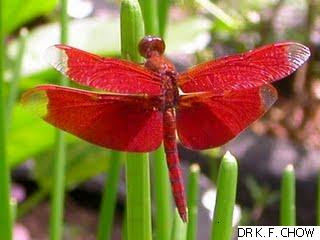MY TAKE ON BIOLOGIC WIDTH IN DENTAL IMPLANTS
- K. F. Chow BDS., FDSRCS July 4th, 2010“Biologic width” as I understand it( please correct me if I am wrong), was a term borrowed from prosthodontics. It denotes the observed resultant distance that develops between the crown-abutment margin of a natural tooth and the crestal bone level when the margin is placed less than 2mm to the crestal bone level. The observed distance or “biological width” is about 2mm.It means that if we place the crown-abutment margin less than 2mm distance to the crestal bone level, the bone level will resorb or die-back until there is at least a 2mm gap distance to the crown-abutment margin. It was labelled biologic or biological because it was observed as a “natural”(sic) biological response of the bone tissue to the crown-abutment margin. This response was attributed to the irritation that the margin inflicts on the bone for some reason.And this is the reason that we extrude a class 3 fractured tooth so that when we build a post crown, the distance between the crown margin and the bone level can be increased to at least 2mm to prevent further resorption of the bone and subsequent exposure of the crown margin.This term was borrowed into implant dentistry to explain why bone always seem to resorb back at least 2mm away from the abutment-fixture margin. The resorption was attributed often to microorganisms finding a snug home in the microgap.With the advent of “platform switching” and morse tapering the microgaps became non-existent or too small for the microorganisms to squeeze in any more and thus the dieback stopped! Or is it because the margin was designed away from the bone? In many morse taper designed implants, it was observed that bone grew over the abutment-fixture margins! So the former reason may be correct.Recently, after a marathon lecture by Carl M. I am almost convinced that inadequate attention to the biomechanics of the bite may also be part of the cause of the dieback of bone. Still learning, guys.Maybe we should try one pieces more often because then we do not have to bother with the abutment-fixture margins and therefore no diebacks but liveons!

Komentar
Posting Komentar